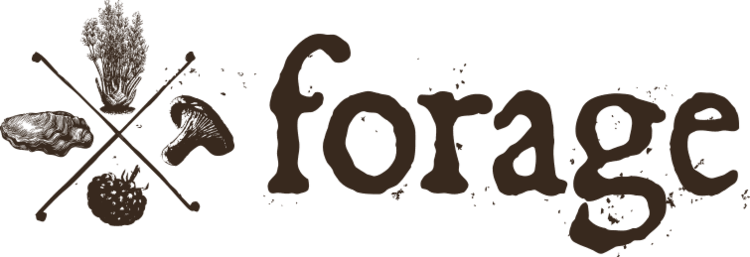Safely Preparing And Preserving Wild Edible Mushrooms
Before eating or preparing any type of wild edible mushroom, it’s essential to make sure that it has been correctly identified. Although mushrooms are some of the most delicious foods in the world, there can be a heavy price to pay for eating the wrong kind. Unfortunately, a lot of wild edible mushrooms have toxic lookalikes. This is why you should never consume a wild mushroom until it has been expertly identified.
Some kinds of wild mushrooms are dangerous to eat raw. We recommend cooking wild mushrooms before eating them. However, before you begin cooking, there are a few other things that must be done first. For starters, check each mushroom for any dirt, debris, or signs of bug damage.
For some type of mushrooms, such as pitted Morels, you may be best off soaking them in warm salt water. This will help get everything out of the deep pits and folds. Once you’ve rinsed the mushrooms and patted them dry, chop off the bottoms.
There is nothing like cooking mushrooms immediately after you’ve plucked them from the wild. Realistically, though, this is not always possible. If you have too many mushrooms to cook at once or simply want to save them for a later date, you can preserve them by freezing them or drying them.
The freezing or drying process might vary depending on the kind of mushroom you have. Some types of wild edible mushrooms preserve better than others. Either way, the sooner you get to cooking or preserving your mushrooms after they have been picked, the better.
Mushrooms with hollow stems, such as Black Trumpets or Winter Chanterelles, can be easily dehydrated on a wire rack. Other types of wild mushrooms may need to be put into a dehydrator. By drying them out, they will last significantly longer. When you want to use them in a meal at a later date, simply rehydrate the mushrooms.
Meanwhile, freezing mushrooms is another way to save them for later use. You can freeze them whole or cut them into pieces before placing them into freezer bags. Make sure they have been clean and trimmed on the bottom before placing them into the freezer. This way, you can get right to cooking once they have thawed without having to worry about any dirt or debris.
There are a lot of ways to incorporate wild edible mushrooms into your diet. Whether you add them to soup, pasta, or fry them up on their own, fungi is packed with flavor. It is recommended to cook mushrooms that have been harvested from the wild in order to get rid of any bacteria.
Aside from tasting good, wild edible mushrooms are extremely nutritious. They are great sources of protein, fiber, vitamins, and antioxidants. Plus, mushroom foraging is a fun way to get some great exercise on a regular basis.
Want to find your own? We have mushroom foraging classes all season in Marin, Sonoma, and the Santa Cruz Mountains.


